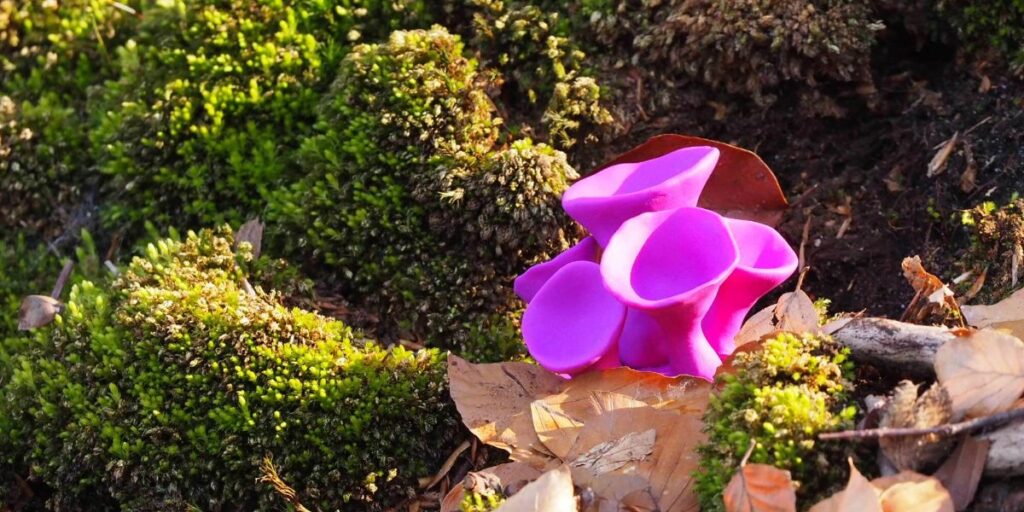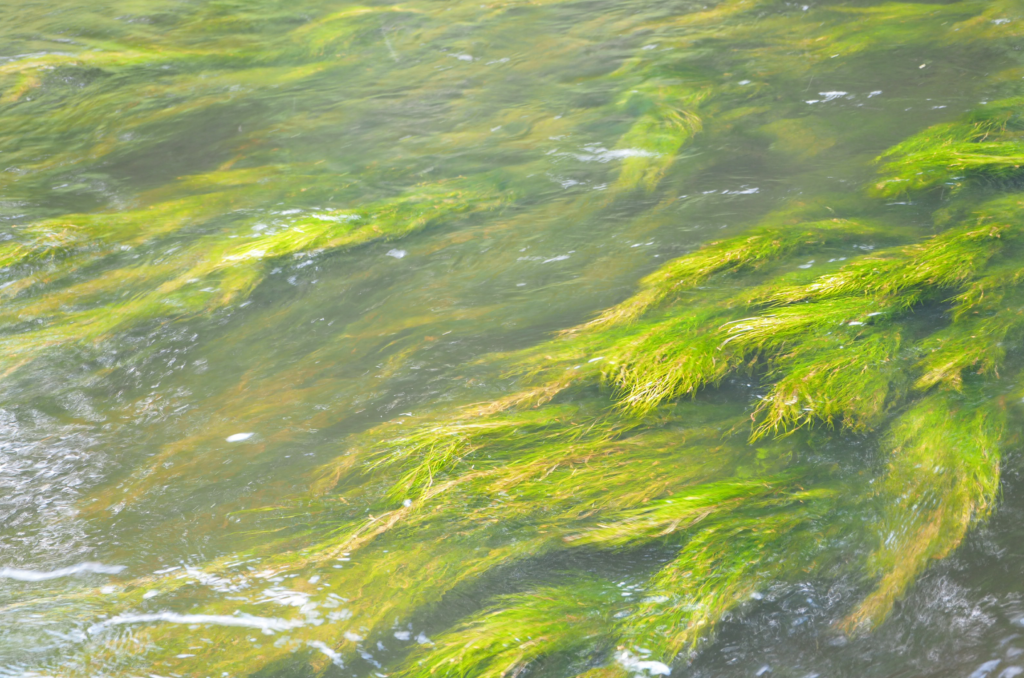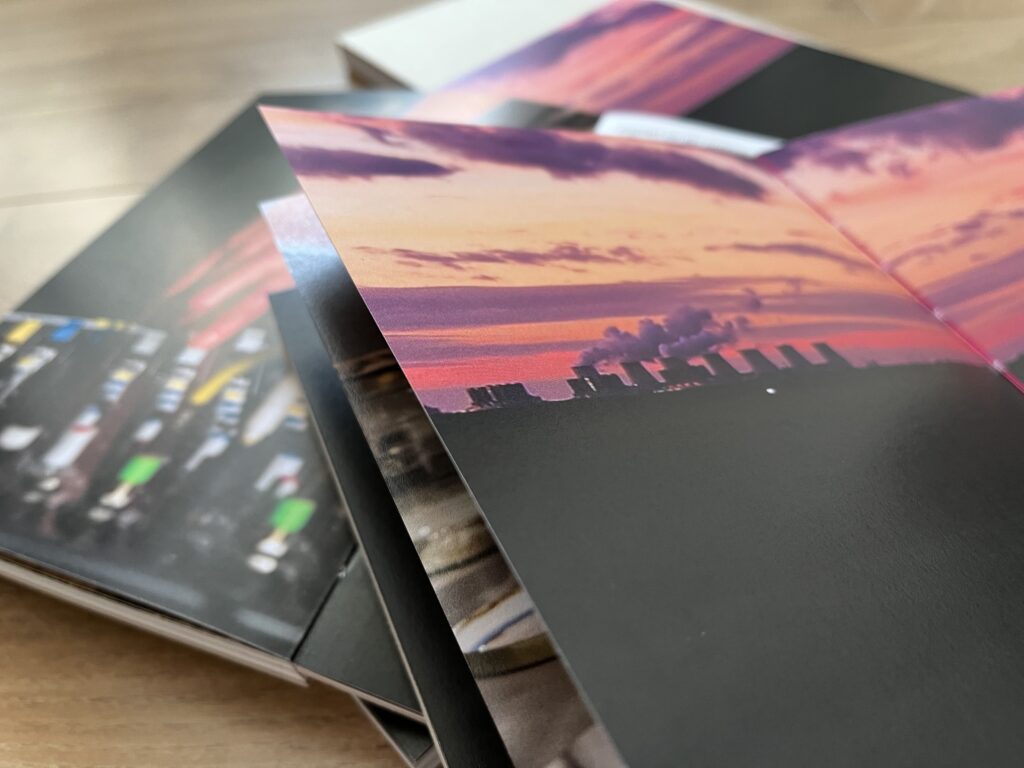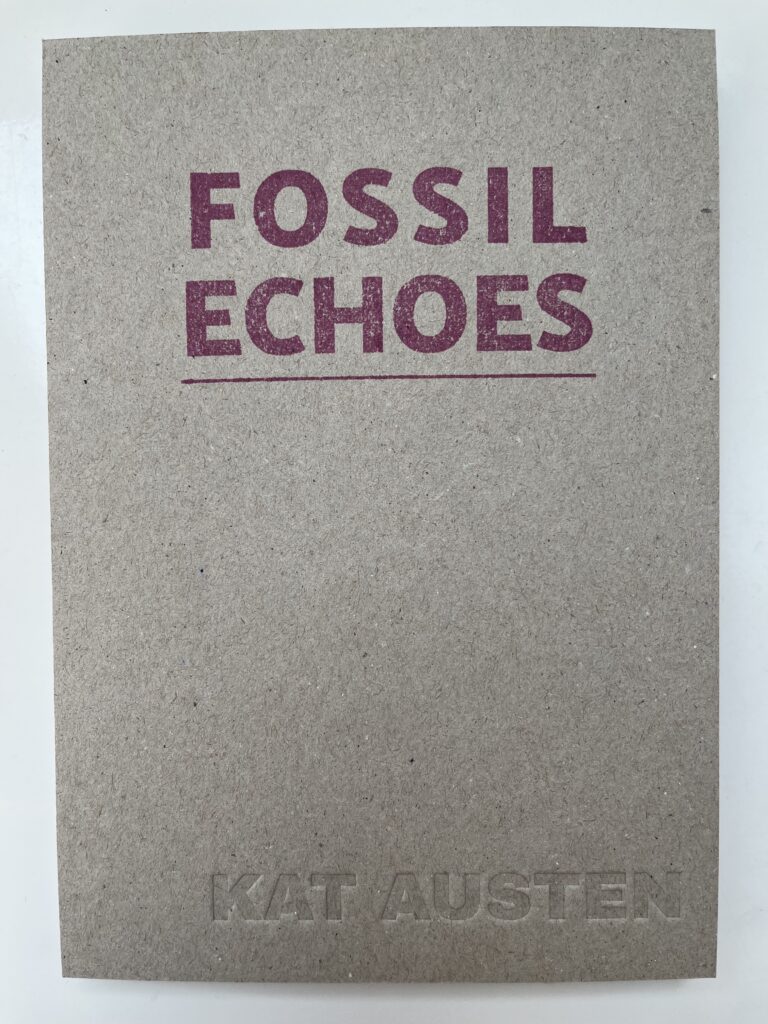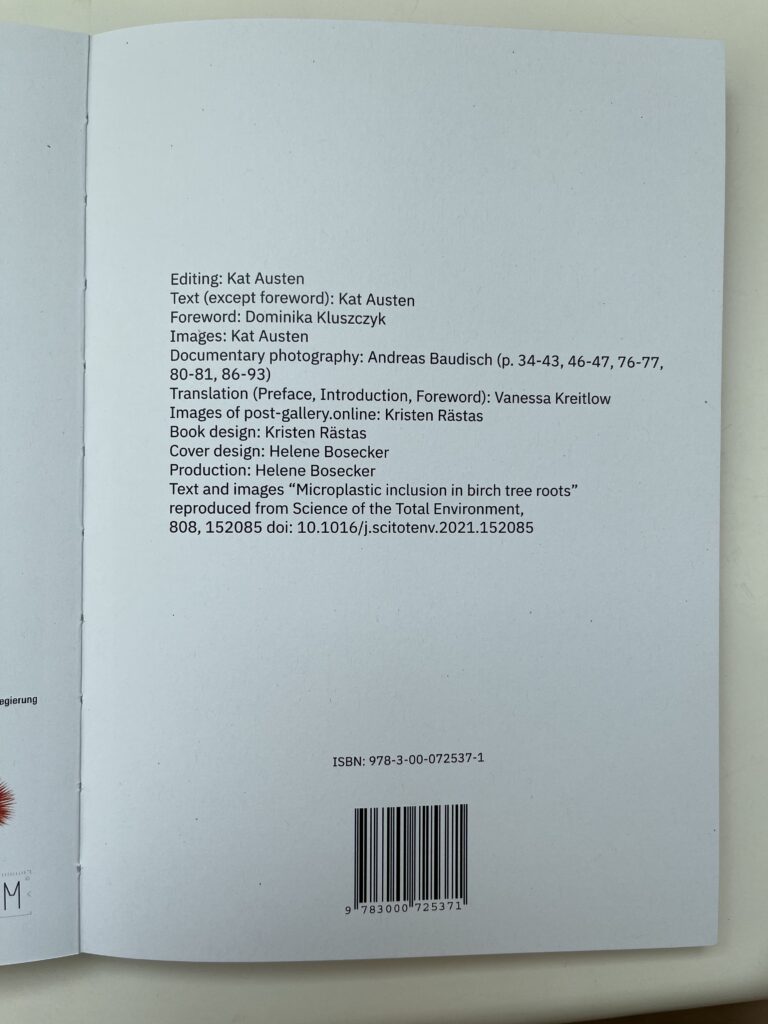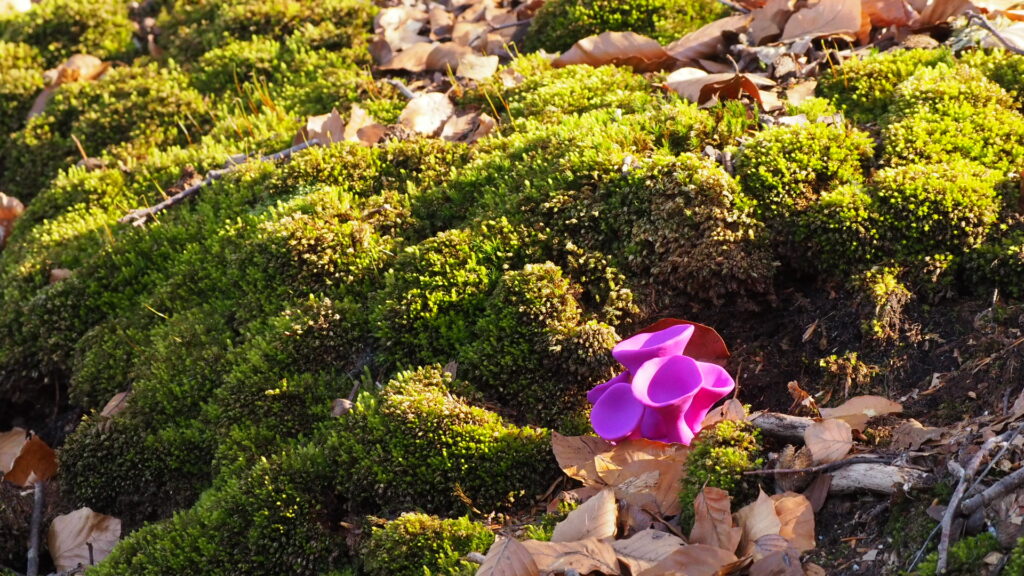Time to Break Down (Echoes of the Palaeoplasticene)
in 2024 Cultural Olympics Exhibition Program
The Fabulous Stories to Save the Green Planet
10th January – 1st February 2024
Location: Sea Gallery, Gyeongpo Beach, Gangneung, KR
More information at http://2024coep.kr/
Opening 10th January on the occasion of the 2024 Youth Winter Olympics in Republic of Korea Gangwon Province, a new site specific installation of Time to Break Down (Echoes of the Palaeoplasticene) at the Sea Gallery in Gangneung. The work includes a very special soundscape using audio recorded in an abandoned shaft #850 in Samtan Art Mine, Taebaek, KR
Time to Break Down (Echoes of the Palaeoplasticene) is situated in the Palaeoplasticene speculative past and inspired by the scientific method of taphonomy, which looks at how bodies decay in the natural environment. For Palaeoplasticence, the method of taphonomy is applied to 3D printed PLA mushrooms, exploring what evolutionary advantage there would be to a mushroom if it had evolved to grow from plastic. The site specific installation for the 4th Gangwon Winter Youth Olympic Games joins four ongoing Palaeoplasticene taphonomy installations in Berlin, Germany; Helsinki, Finland; Dublin, Ireland and Gijon, Spain.
Accompanied for this site specific installation by a soundscape drawing links between fossil fuel extraction and the slow process of the break down of plastic, Time to Break Down (Echoes of the Palaeoplasticene) helps us to realize that the enduring legacy of man-made objects like the plastic will bring about changes affecting both human and non-human beings.
Credits
Artist: Kat Austen
Initial concept: Kat Austen in collaboration with Indrė Žliobaitė, Laurence Gill
Production: Ars Electronica Andrew Newman
Palaeoplasticene was realised within the framework of the STUDIOTOPIA program at Ars Electronica Linz GmbH & Co KG with support of the Creative Europe Culture Programme of the European Union.
This site specific edition of Time to Break Down (Echoes of the Palaeoplasticene) includes field recordings from Samtan Art Mine, Gangwon Province, thanks to Director Whasoon Son and with the support of Dongjoo Seo.
Exhibition opening ceremony at 14:00 on 10th January.


